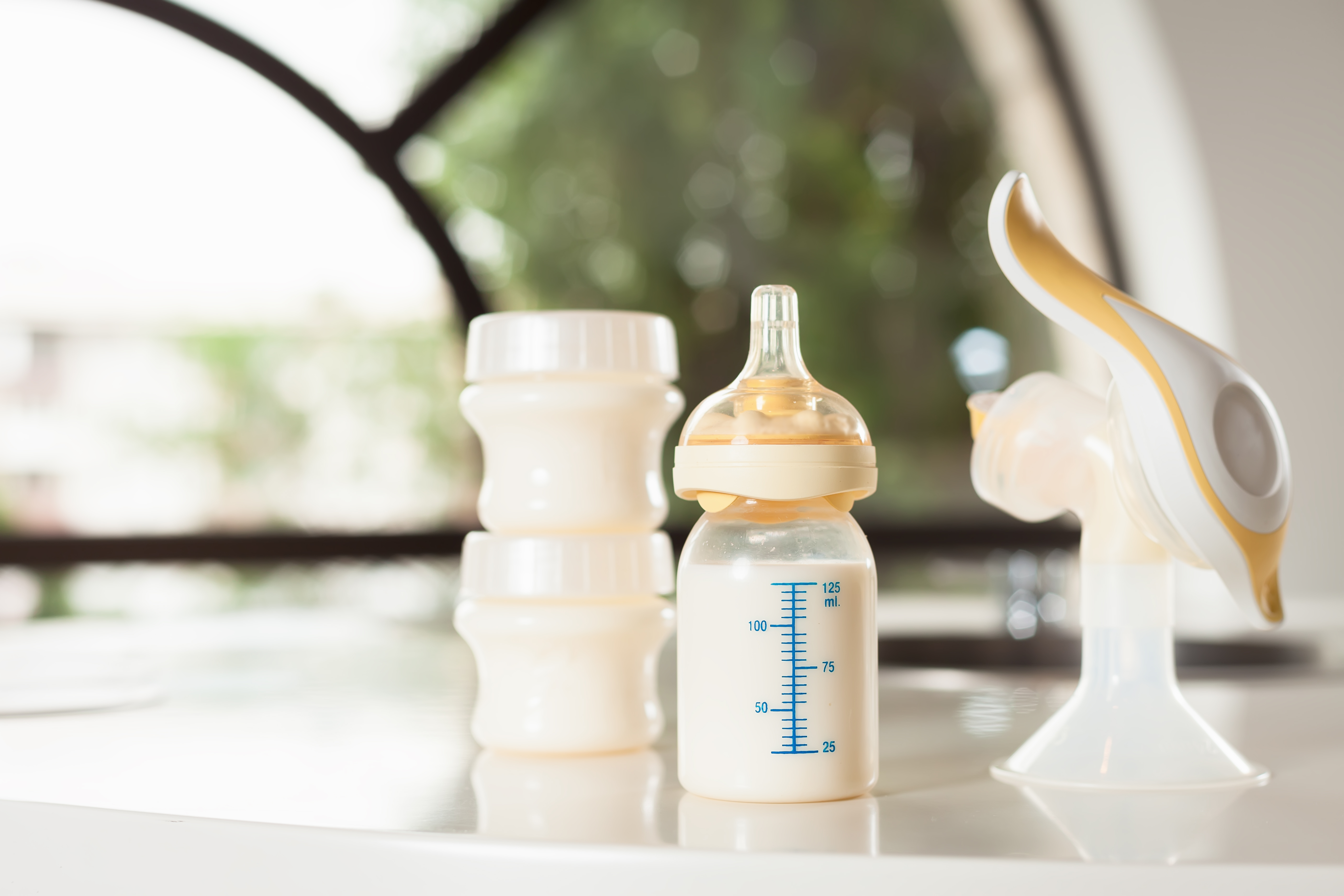Breast Pump Basics
Written by Candace Inge

Breastfeeding is not always easy. Some moms pump because of difficulties, some moms pump because they have to go back to work, and some moms pump because they want to. Those are all great reasons and no matter what your reason, navigating a breast pump can be hard to do so, do your research and consider talking to a lactation consultant if you are having any difficulties. For now, here are some of the basics about breast pumps.
What is a breast pump?:
A device used to expel milk from a woman’s breasts using suction.
Types of breast pumps:
Manual: These are hand pumps that you are able to control the level of suction yourself and easily adjusted. Some moms who have discomfort with a battery operated or electric pump may find this more comfortable. Another benefit to a manual pump is their small size and how quiet they are. One of the down-sides is you are only able to pump one breast at a time.
Battery Operated: Most battery operated pumps these days, come with rechargeable batteries. Benefits to them are: you are often able to move about while pumping. You are not confined to your chair. Most battery operated pumps also allow for double pumping, meaning you can pump from both breasts at the same time. Most battery operated pumps also allow you to adjust the suction setting.
Electric: An electric pump either plugs into the wall while you are using it or charges via a wall plug in between pumping sessions. Benefits are that most electric pumps allow for double pumping, meaning you can pump from both breasts at the same time. If the pump is cordless, you also have the ability to move while pumping. Most electric pumps also allow you to adjust the suction setting.
No matter what type of breast pump you choose, you will also need to consider how you will clean your breast pump, how will you store your milk, whether in bags or glass jars, as well as what types of bottles you want to use for feeding baby, and how you will transport your breast pump and breast milk from place to place. Don’t worry, there are breast pump bags specifically made for these things and some breast pumps even come with some of the additional items you will need.
Top Brands:
According to babylist.com the top 6 breastpumps of 2019 are as follows:
Medela Pump in Style Advanced Breast Pump with On-the-Go Tote
Spectra S2 Plu Electric Breast Pump
Willow Pump 2.0
Haakaa Breast Pump
Philips Avent Manual Breast Pump
Whatever you choose it truly a personal preference that should fit your needs as well as wants. Be sure to pick a pump that will help your breastfeeding journey, not hinder it, and don’t be afraid to ask around. Ask your care provider, pediatrician, a lactation consultant, and friends what they like and dislike about pumps you may be considering.
Insurance may cover it:
Be sure to check with your insurance provider as most insurance companies cover a breast pump. Some insurances cover the rental of a breast pump from the hospital while others may allow for you to buy a brand new pump and get reimbursed for it.
It’s a carry on item:
Most airlines consider breast pumps a medical device therefore, they are allowed to be carried on board with you and can remain accessible. Even if you are expecting a short flight, you may want to take your pump with you just in case.
Happy pumping!
References:
